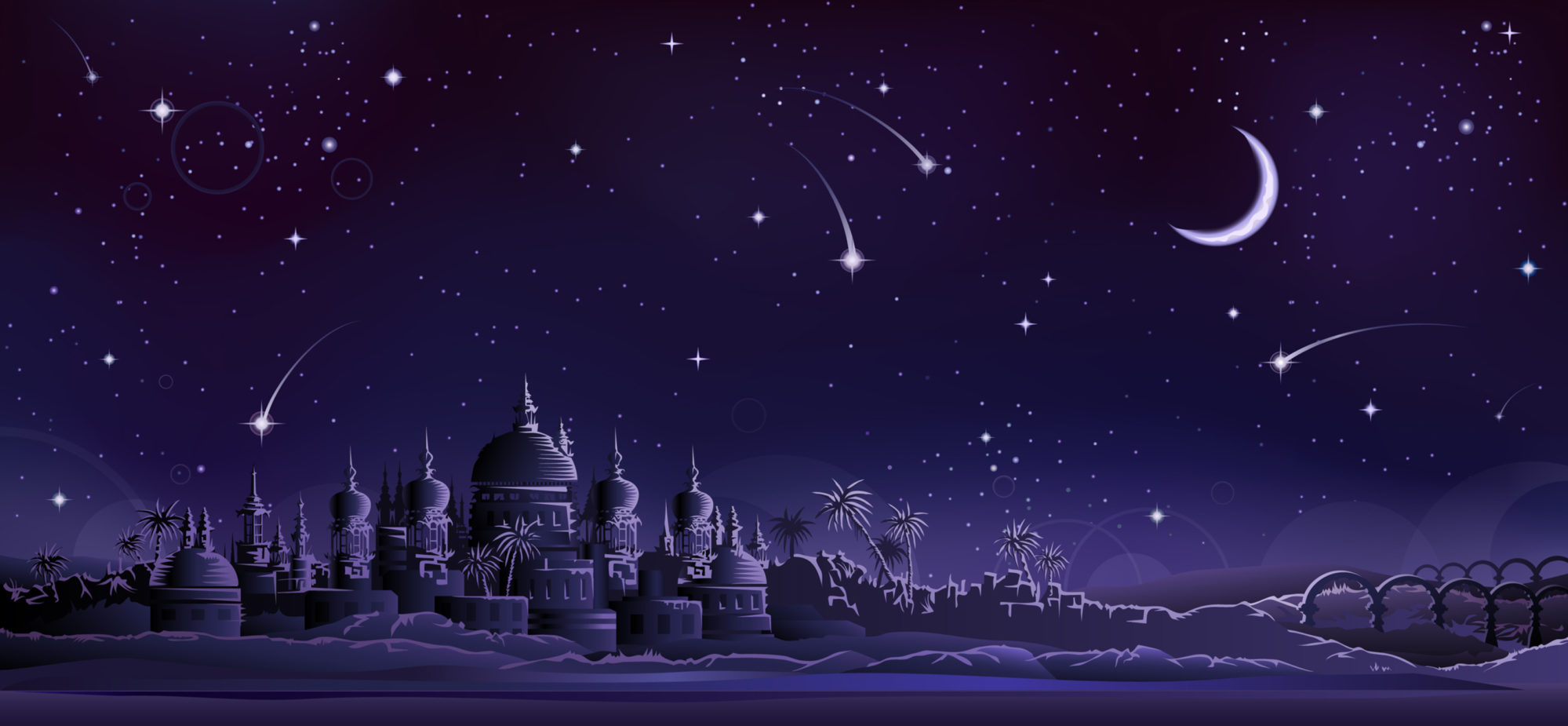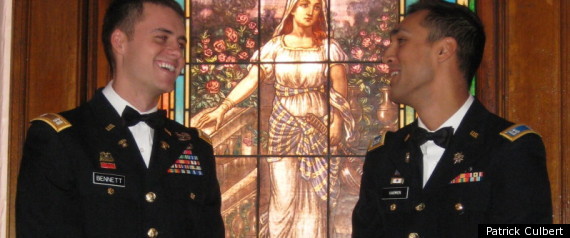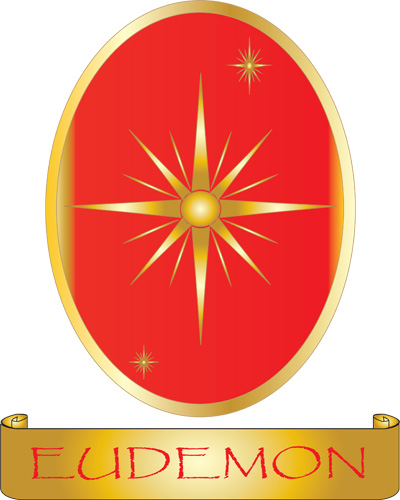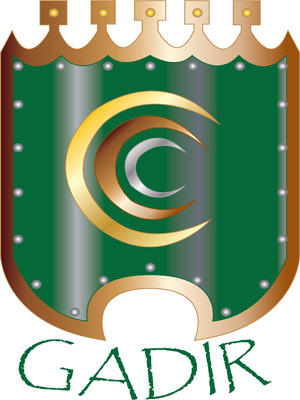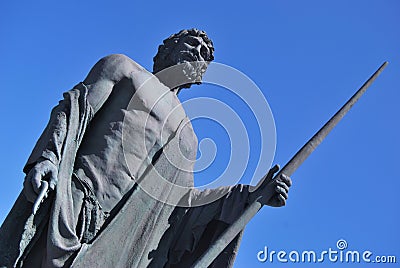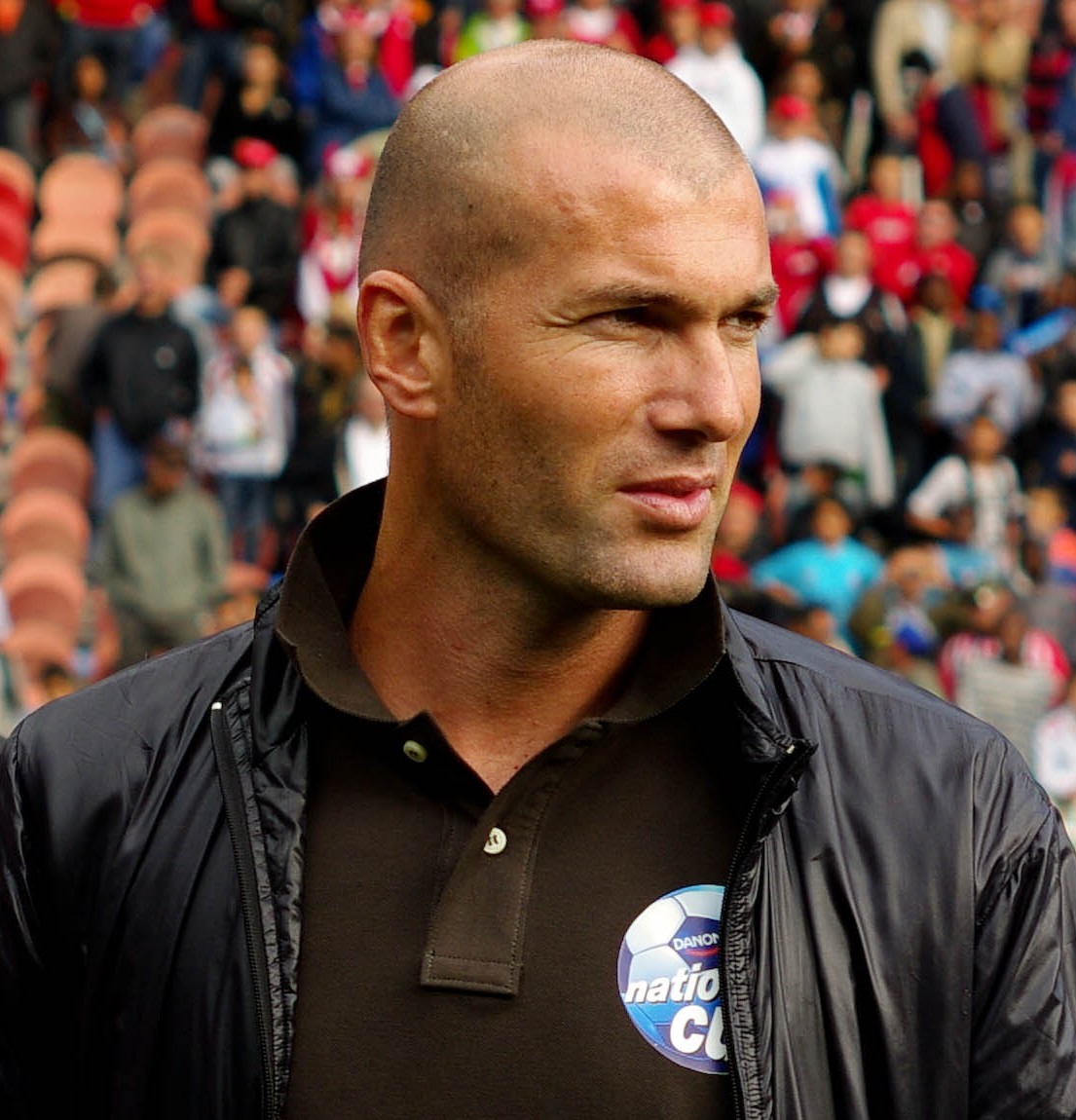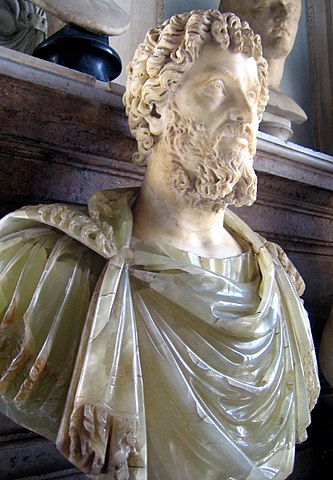
Continuing with the world-building thread I started recently, I thought I’d talk astrology and mythology this week on the subject of the Seventh Pleiade, the titular character from my novel.
And it gives me the opportunity to use the word ‘titular.’
The Pleiades — also called the Seven Sisters — are a star cluster in the northeast part of the Taurus constellation.
They are visible to the naked eye in winter in the Northern Hemisphere, and summer in the Southern Hemisphere. Because of their brightness, the Pleiades figured prominently in ancient world beliefs and persist in many cultures around the globe.
The Maori New Year celebrates the rising of the Pleiades in May and June.
The Japanese car company Subaru (meaning: united) has a six star logo based on the Pleiade cluster.
Which brings up the legend of the lost seventh sister — I’ll return to that later.
The ancient Greeks believed the Pleiades were the daughters of Atlas (son of Poseidon) and the sea-nymph Pleione. There are several accounts of how they came to be immortalized in the night sky.
One legend says after Atlas was forced to bear the weight of the heavens on his shoulders, the giant huntsman Orion relentlessly pursued his daughters. In sympathy, Zeus transformed the Pleiades into doves, and then into stars so Orion couldn’t get them. Another legend recalls that the daughters killed themselves in grief due to the fate of their father, and Zeus placed them in the heavens to memorialize them.
In any case, they were symbols of honor, purity and loyalty.
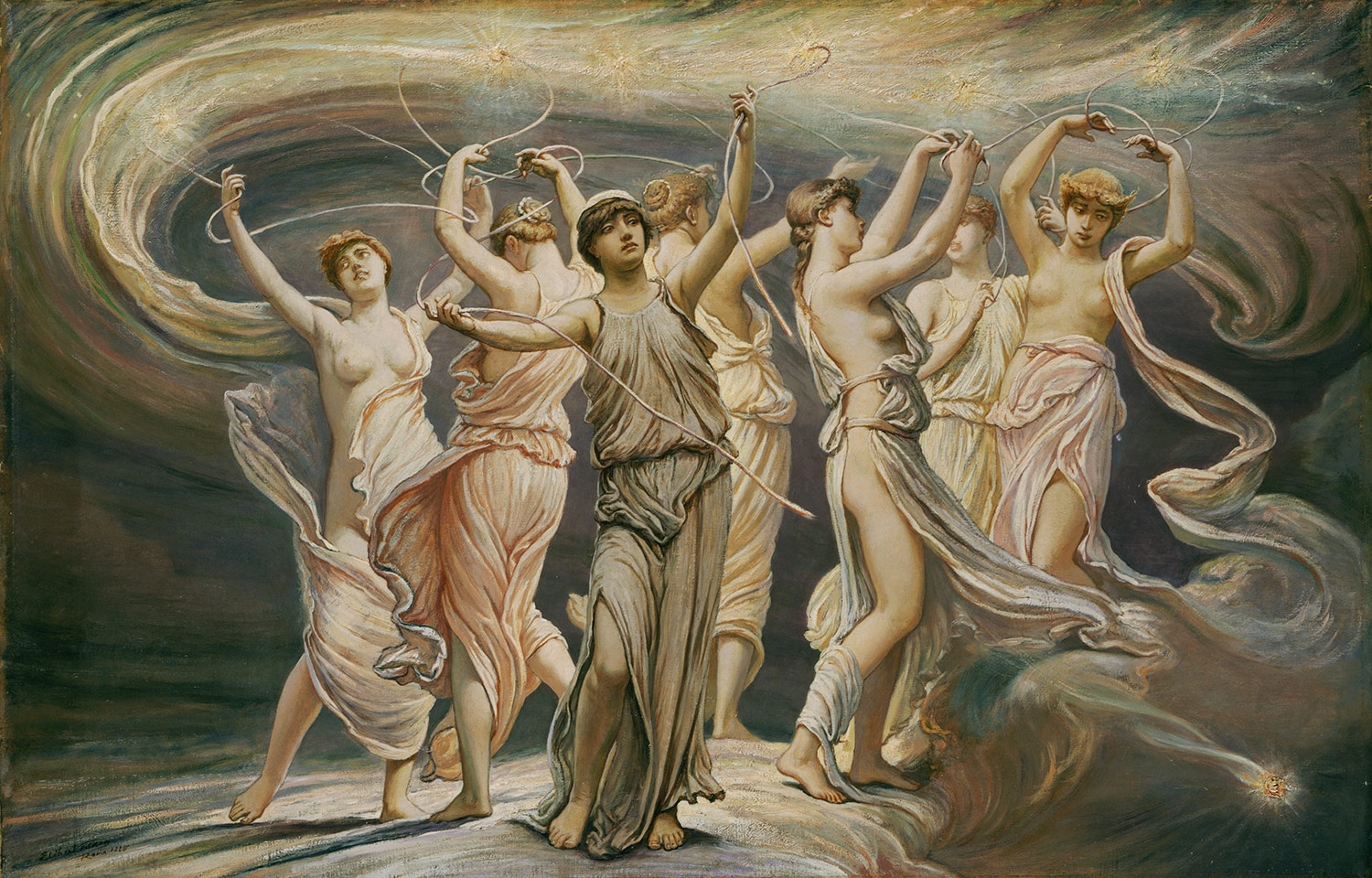
The Pleiades, oil on canvas, by American Painter Elihu Vedder (1836-1923)
The legend of the “lost sister” pervades ancient world and indigenous folklore, and likely arose from the fact that only six of the stars are consistently visible to the naked eye. According to astronomer Steven Gibson, the lost sister was alternately identified as Electra, who veiled her face at the burning of Troy; or Merope, who brought shame on herself by marrying a mortal; or Calaeno, who was struck by a thunderbolt.
As I was researching Atlantis mythology, the lost sister mystery turned into rich source material for this first novel of mine about the legendary kingdom — a lost civilization, and a lost princess.
Here’s a little verse about the Pleiades by Alfred Lord Tennyson, from his poem Locksley Hall.
Many a night I saw the Pleiads, rising thro’ the mellow shade,
Glitter like a swarm of fireflies tangled in a silver braid.
